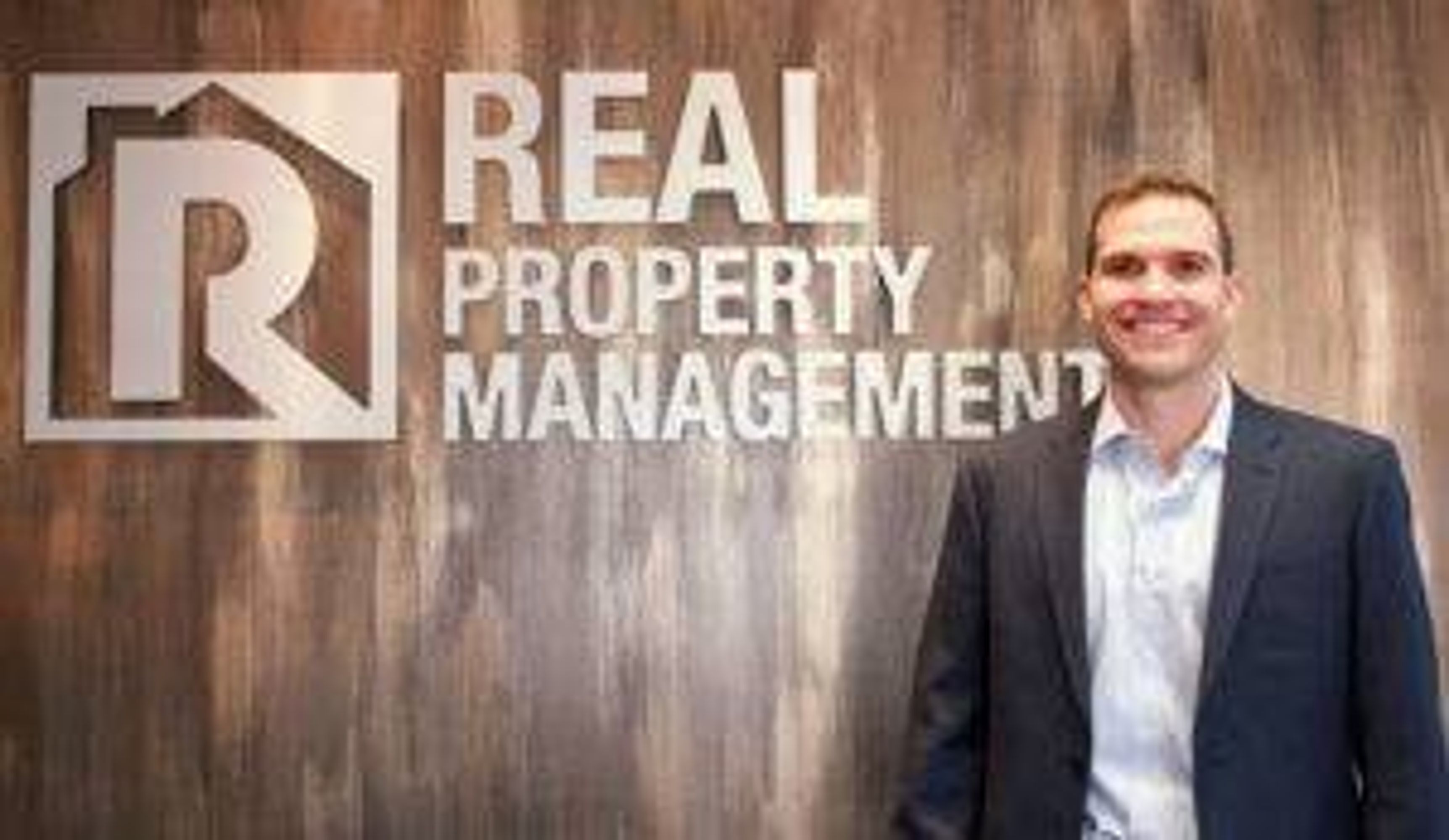Creating Housing That Older Americans Will Need
Housing affordability, design and availability will be growing problems
There’s a huge, scary disparity between the types of homes growing numbers of older Americans will need over the next 20 years and their availability and affordability, according to a recent Harvard Joint Center for Housing Studies report.
During that time period, the 65+ population is expected to grow from 48 million to 79 million. But for many, their homes will be physically unsuitable and financially precarious. Only 3.5 percent of today’s housing has three key features of “universal design” (zero-step entrances, single-floor living and wide halls and doorways), the report says. What’s more, the study projects, nearly 6.4 million low-income renters will pay more than 30 percent of their income for housing by 2035 (and 11 million homeowners will be in the same leaky boat).
For insights into this dire problem, I interviewed Lukas Krause, the Salt Lake City-based CEO of Real Property Management, the largest property management franchise in the nation. Highlights:

Next Avenue: What’s your take on the Harvard report on housing for older Americans?
Lukas Krause: In general, regarding trends for affordability, new construction has not picked up at the rate of the early ‘90s, but we’re growing as a country. The builders who remain are not creating enough supply and developers are skewing higher-end for greater returns on their investments. That’s exacerbating a rough condition.
What do you think the future holds?
The Harvard study was a scary forecast. The senior sector will be one of the hardest hit for affordability. The most important thing we can do is find affordable housing for older Americans and contemplate layout and design to accommodate the older population.
How should homes be retrofitted or built to accommodate them?
Single-floor living with a master suite. Wider doorways for wheelchairs. Walk-in showers with grab bars. We need to be tailoring homes to that segment of the population.
There might be a lot of retrofitting and capital expenditures for things people don’t think about when they buy homes when they’re young. I saw that with my own parents: They built a dream house and lived there for 30 years and then retired to Phoenix so they could change from a three-story home to a ranch with single-floor living.
What’s happening to rental rates these days? Is it getting harder for older Americans to find and afford apartments?
Rental rates have been rising over last three years pretty dramatically and we’re seeing vacancy rates continuing to decline. That’s an indication that there’s not enough supply to keep up with the demand. And that ultimately impacts seniors on fixed incomes. As rental prices climb, the affordability gap will continue to grow.
How can this problem be addressed?
We need to stimulate production. Housing overexpanded when everybody and their brother was a developer, and things bottomed out in 2008. Those who survived retrenched, so they’re a little gun shy. We need to address the supply: What kinds of incentives would create more construction and would encourage developing housing to accommodate seniors? A lot of that is locally driven.
What do you think are the prospects for 2017?
Things will be better than in previous years. But with a new [Trump] administration, there’s always uncertainty.
Why haven’t more landlords and property owners retrofitted apartments to help people age in place?
Economics. They haven’t found it attractive to do so. As the older population grows, economic factors will change and it will be more attractive to build more versatile homes.
What could the government do?
Tax subsidies are a great way to help; it will take a shot in the arm, like solar tax credits. And at the local level, governments need to make sure building codes aren’t a barrier to create affordable housing.
What should homeowners do to make their homes suit them as they age?
Try to be proactive. Remodel the bathroom to make it more secure and safe. Capital outlays like that are a lot more painful when you’re on a fixed income.
You think cohabitation and shared housing will become the norm. Why?
I think given affordability concerns, people will find alternative solutions. We’ll see mother-in-law suites growing in popularity. Grandparents haven’t been living with their families the way they did in previous generations. We might see the pendulum swing back, with multiple generations living in one home.
Johns Hopkins has a project called CAPABLE that helps people age in place by assigning them a nurse, an occupational therapist and a handyman. What do you think of that?
I think that’s a great idea to create a support structure. Folks may not prepare, but give them resources for practical implementation and nurses who’ve experienced this.
Getting older is not something you think about until it’s your reality.


